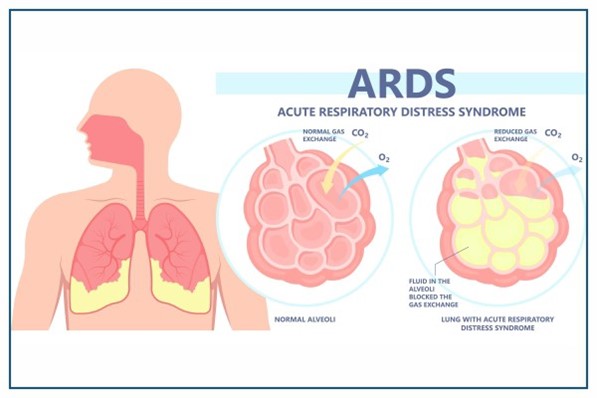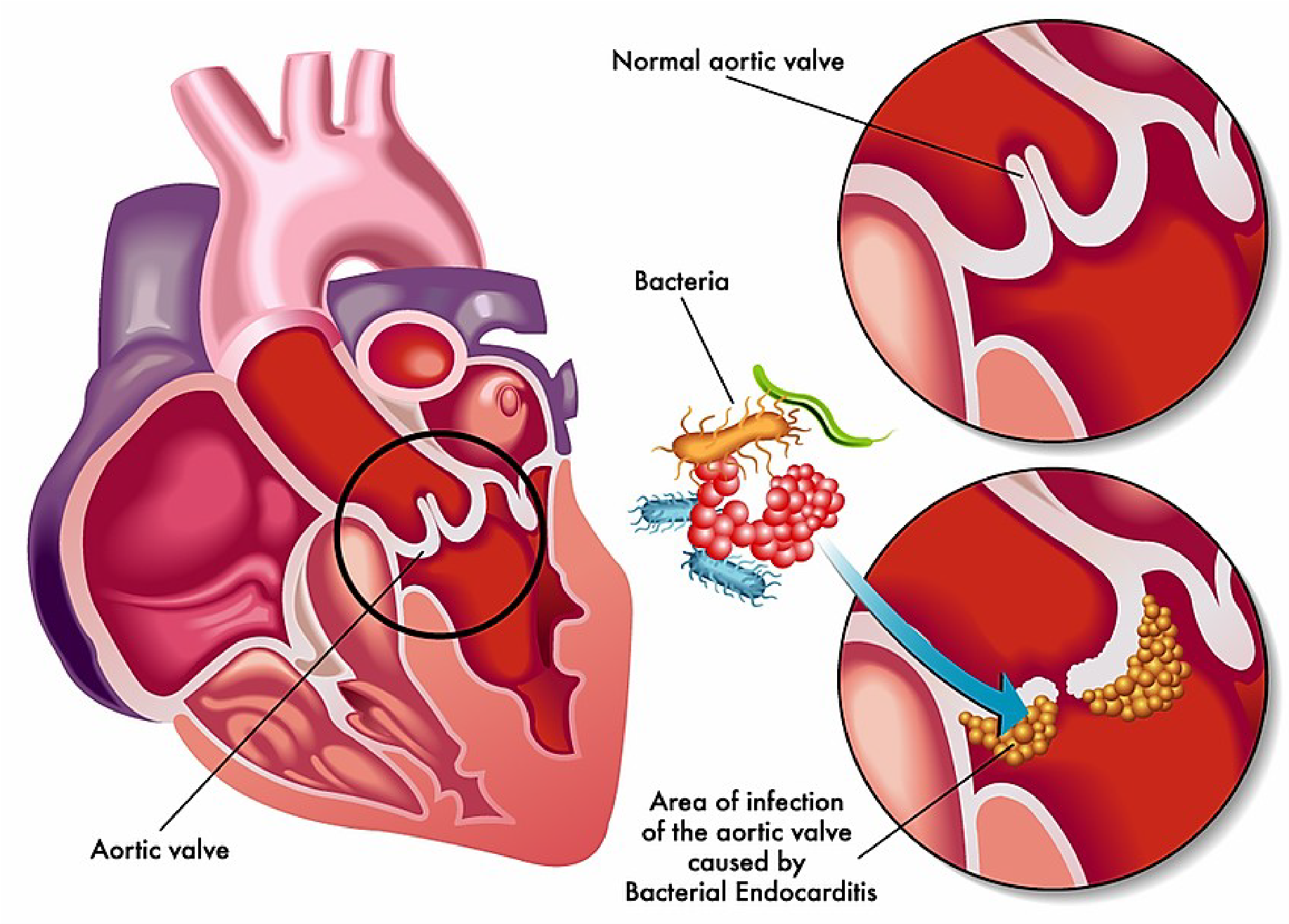Patient presents with dyspnea rapid, shallow breathing, inspiratory crackles, decreased lung compliance and hypoxemia. Tests reveal a fulminant form of respiratory failure characterized by acute lung inflammation and diffuse alveolocapillary injury. Which of the following is the most likely diagnosis the nurse will observe on the chart?
Acute respiratory distress syndrome ARDS
Sarcoidosis
Post operative respiratory failure
Malignant respiratory failure
The Correct Answer is A

Acute respiratory distress syndrome (ARDS) is the most likely diagnosis based on the patient's symptoms and test results. ARDS is a serious condition that can develop in response to a variety of lung injuries, including pneumonia, sepsis, and trauma. The hallmark of ARDS is diffuse alveolocapillary injury, which leads to decreased lung compliance, hypoxemia, and respiratory distress. The symptoms of ARDS typically develop rapidly and include dyspnea, rapid, shallow breathing, inspiratory crackles, and hypoxemia. Treatment for ARDS typically involves supportive care, including oxygen therapy, mechanical ventilation, and treatment of the underlying cause of the lung injury.
Nursing Test Bank
Naxlex Comprehensive Predictor Exams
Related Questions
Correct Answer is A
Explanation

Acute respiratory distress syndrome (ARDS) is the most likely diagnosis based on the patient's symptoms and test results. ARDS is a serious condition that can develop in response to a variety of lung injuries, including pneumonia, sepsis, and trauma. The hallmark of ARDS is diffuse alveolocapillary injury, which leads to decreased lung compliance, hypoxemia, and respiratory distress. The symptoms of ARDS typically develop rapidly and include dyspnea, rapid, shallow breathing, inspiratory crackles, and hypoxemia. Treatment for ARDS typically involves supportive care, including oxygen therapy, mechanical ventilation, and treatment of the underlying cause of the lung injury.
Correct Answer is C
Explanation
 Infective endocarditis is an infection of the endocardium (the inner lining of the heart), which can lead to damage of the heart valves. It is most commonly caused by bacteria, although fungi and other microorganisms can also cause the condition. The bacteria that most commonly cause infective endocarditis are Streptococcus and Staphylococcus species.
Infective endocarditis is an infection of the endocardium (the inner lining of the heart), which can lead to damage of the heart valves. It is most commonly caused by bacteria, although fungi and other microorganisms can also cause the condition. The bacteria that most commonly cause infective endocarditis are Streptococcus and Staphylococcus species.
Whether you are a student looking to ace your exams or a practicing nurse seeking to enhance your expertise , our nursing education contents will empower you with the confidence and competence to make a difference in the lives of patients and become a respected leader in the healthcare field.
Visit Naxlex, invest in your future and unlock endless possibilities with our unparalleled nursing education contents today
Report Wrong Answer on the Current Question
Do you disagree with the answer? If yes, what is your expected answer? Explain.
Kindly be descriptive with the issue you are facing.
